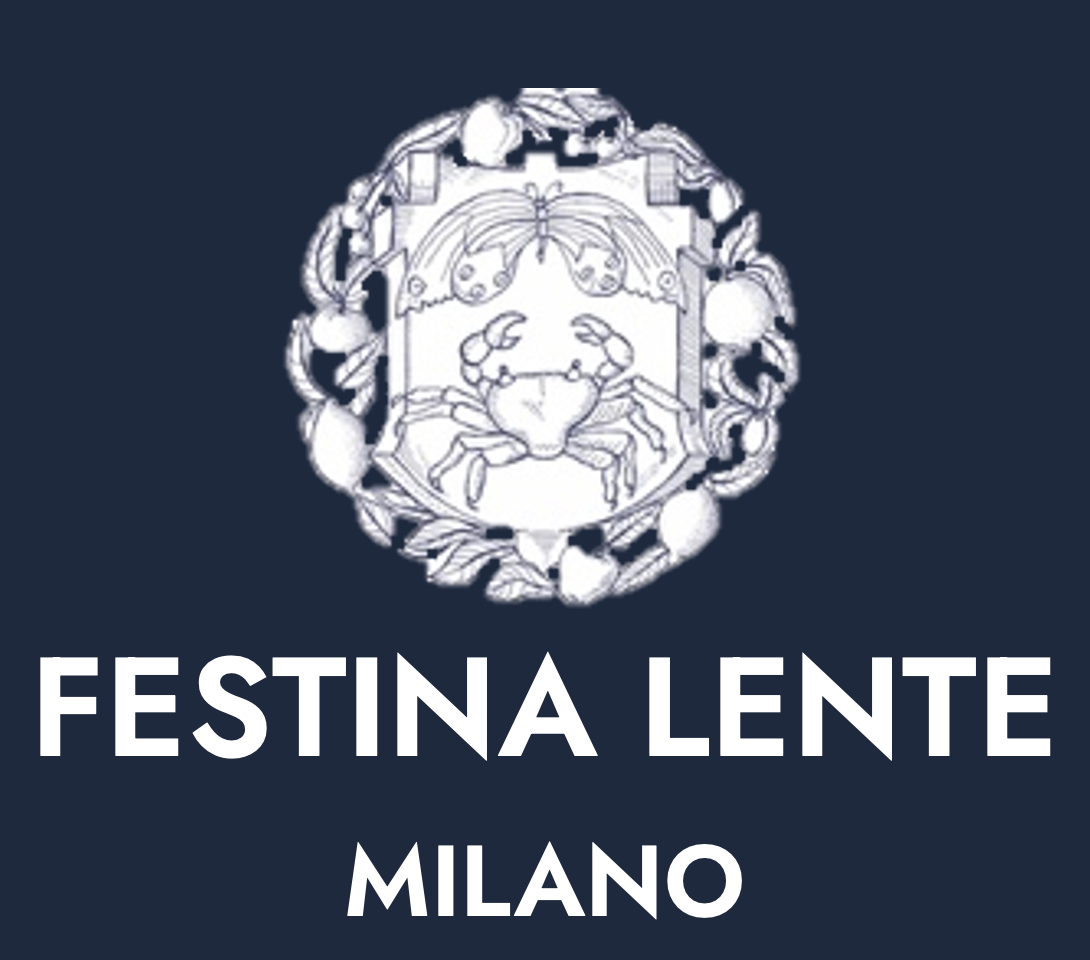WHAT ARE THE AROMATIC SCENTS?
our fist chapter On the olfactory families
The aromatic olfactory family includes all the herbs we use in the kitchen and to perfume our homes. Fresh and balsamic - this important part of the olfactory palette - includes herbs and flowers such as santolina, angelica, myrtle, rosemary, star anise, artemisia, helichrysum, eucalyptus and many other plants.
Among the most popular in perfumery, are three invigorating fragrances: MINT, THYME, and LAVENDER.
There are at least eighteen different varieties of MINT with countless beneficial properties. Of this plant, the two best known and most used types in perfumery are mentha piperita and mentha spicata (spear mint): the high concentration of menthol present in the former makes its scent intense and refreshing, while the abundance of camphor the second gives us a relaxing and soothing smell.
If mint grows spontaneously up to 1200 meters above sea level, this is not the case for other aromatic plants, such as THYME.
This is born in the climate of the Mediterranean scrub and requires a good dose of heat to survive and develop. Used as a spice in cooking (since ancient times), it is characterized by a flowery and intensely balsamic smell. Again, there are several properties. Thymus serpillum has a more citrusy fragrance, while thymus citrodorus has a much more lemon-like odor.
An intense and enveloping fragrance occupies a special place in the aromatic palette: LAVENDER. The plant is made up of twigs, from which very green leaves and flowering spikes (of a legendary purple) grow.
The color and fragrance can vary a little, but the sweet smell is a prerogative of all types. This plant has always been used for purifying, antiseptic, antibacterial purposes, as well as simply to perfume environments; in fact it is no coincidence that the name lavender derives from the Latin verb lavare (to clean.)
HIC ET NUNC
Elegant and sweet with lavender, HIC ET NUNC is a complex accord with layers of spices and flowers that create an intense, velvety feel.
Its olfactory pyramid:
Top: cardamom
Heart: iris, ginger, lavender
Base: cypress, vetiver, musk, tonka bean
quali sono i profumi aromatici?
l’inizio del nostro viaggio
tra le famiglie olfattive
La famiglia olfattiva aromatica comprende tutte le erbe che usiamo in cucina e per profumare le nostre case. Fresca e balsamica - questa parte importante della palette olfattiva – comprende: santolina, angelica, mirto, rosmarino, anice stellato, artemisia, elicriso, eucalipto e molti altri tra piante e fiori.
Tra le più popolari in profumeria, ecco tre note aromatiche: la MENTA, il TIMO, la LAVANDA.
Della MENTA si contano almeno diciotto diverse varietà con ed innumerevoli sono le sue proprietà benefiche. Di questa pianta, le due tipologie più conosciute ed utilizzate in profumeria sono la mentha piperita e la mentha spicata (la menta verde): l’alta concentrazione di mentolo presente nella prima rende il suo profumo intenso e rinfrescante, mentre l’abbondanza di canfora della seconda ci regala un odore rilassante e lenitivo.
Se la menta cresce spontaneamente fino a 1200 metri d’altitudine, non è così per altre piante aromatiche, come ad esempio il TIMO. Questo nasce nel clima della macchia mediterranea e necessita una buona dose di calore per sopravvivere e svilupparsi. Utilizzato come spezia in cucina (sin dall’antichità), si caratterizza per un odore fiorito e intensamente balsamico. Anche in questo caso, ci sono diverse proprietà. Il thymus serpillum ha una fragranza più cedrata, mentre thymus citrodorus presenta un odore molto più simile al limone.
Ad occupare però un posto speciale nella palette aromatica, è una fragranza intensa ed avvolgente: la LAVANDA. La pianta è formata da rametti, dai quali crescono foglie verdissime e spighe fiorite (di un viola leggendario. Il colore e la profumazione possono variare un poco, ma l’odore dolce è una prerogativa di tutte le tipologie. Questa pianta è sempre stata utilizzata per scopi depurativi, antisettici, antibatterici, nonché semplicemente per profumare gli ambienti; infatti non è un caso che il nome lavanda derivi dal verbo latino lavare.
BOREA
BOREA è il nostro accordo aromatico. Le sue note fresche e balsamiche lo rendono il profumo più fresco delle nostre collezioni.
La sua piramide olfattiva:
Testa: menta bianca, limone
Cuore: resina verde, timo
Fondo: cedro, aghi di pino





